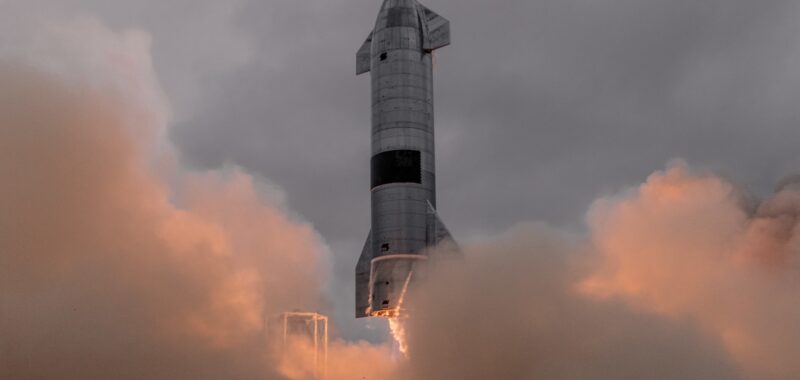
SpaceX’s Starship launches at the company’s Starbase facility near Boca Chica, Texas, have allegedly been contaminating local bodies of water with mercury for years. The news arrives in an exclusive CNBC report on August 12, which cites internal documents and communications between local Texas regulators and the Environmental Protection Agency.
SpaceX’s fourth Starship test launch in June was its most successful so far—but the world’s largest and most powerful rocket ever built continues to wreak havoc on nearby Texas communities, wildlife, and ecosystems. And after repeated admonishments, reviews, and ignored requests, the Environmental Protection Agency and the Texas Commission on Environmental Quality (TCEQ) have had enough.
The issues stem from a complaint filed to the TCEQ just over a year ago on August 6, 2023. The letter reportedly cited 14 separate incidents regarding “environmental impacts from the Facility’s deluge system” stemming from “discharging deluge water without TCEQ authorization.”
[Related: SpaceX’s Starship launch caused a ‘mini earthquake’ and left a giant mess.]
The news comes the same day as the FAA’s announcement that it was indefinitely postponing a series of four public environmental impact assessment meetings. The four scheduled events were focused on Starship’s future test launches at SpaceX’s spaceport near Boca Chica, Texas. SpaceX hoped to receive approval to increase its total number of Starship tests there to 25 launches.
Local residents near Boca Chica have frequently voiced concerns about potentially dangerous conditions created by the 15-story-tall Starship’s 33 methane- and liquid-oxygen fueled Raptor engines. SpaceX’s neighbors have described a liftoff’s deafening noise and physical effects as “truly frightening.” Dust plumes created from the spacecraft’s 16.7 million pounds of thrust have allegedly caused health issues, while bowling
ball-sized debris from a launch site’s 25-foot-deep crater has severely damaged vehicles and shattered windows. In April 2024, 27 community and environmental organizations published an open letter voicing anger with the tests while highlighting Starbase’s proximity to indigenous sacred lands.
A fully reusable Starship system is key to SpaceX CEO Elon Musk’s goal of eventually transporting humans to Mars. Before that, however, it is currently scheduled to ferry NASA’s Artemis 3 mission astronauts to the moon sometime in September 2026. It is unclear how or if the charges will affect that timeline for both the private space company and NASA. But even if the timeline remains the same, at least one recent study has raised concerns about the effects of Starship’s massive landing thrusters on surrounding lunar surface conditions.
“We will get back to you,” an FAA spokesperson told Popular Science earlier today ahead of CNBC‘s story. They have not responded to requests for a follow-up at the time of writing.
This story is developing…

